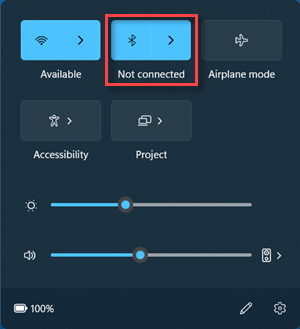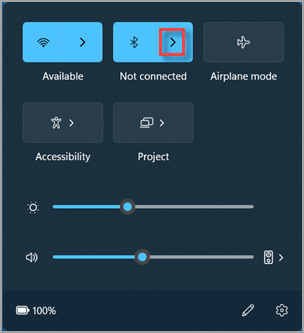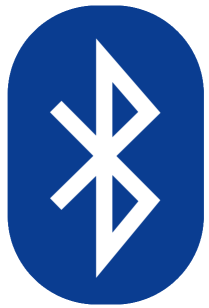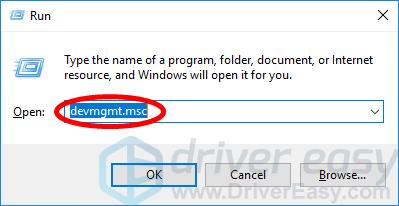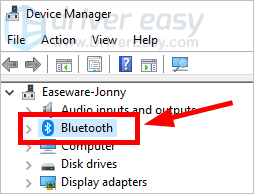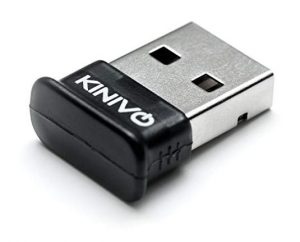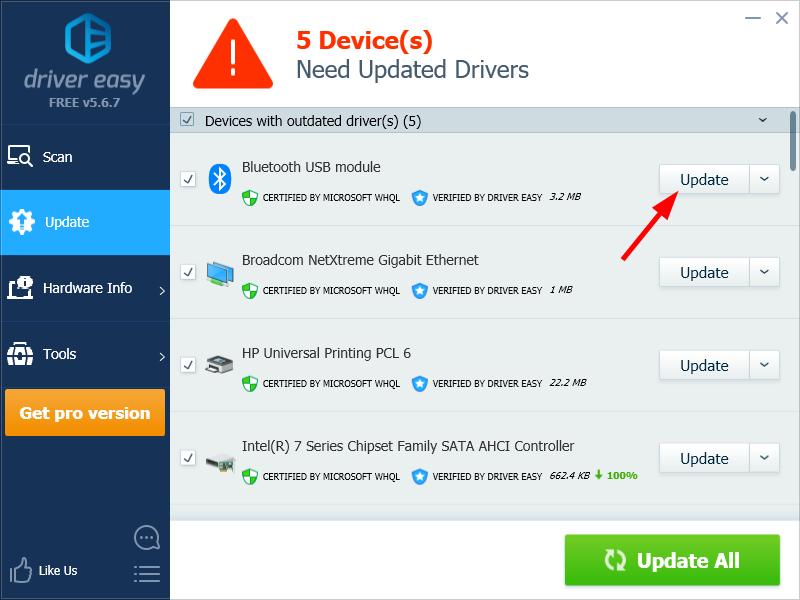- Pair a Bluetooth device in Windows
- Turn on Bluetooth
- To pair a Bluetooth device
- To pair a Bluetooth printer or scanner
- To pair a Bluetooth device using Swift Pair
- Turn on Bluetooth
- To pair a Bluetooth headset, speaker, or other audio device
- To pair a Bluetooth keyboard, mouse, or other device
- To pair a Bluetooth printer or scanner
- To pair a Bluetooth device using Swift Pair
- Related topics
- How to Add Bluetooth to PC
- Follow these steps
- Step 1: Check if your computer has a Bluetooth adapter
- Step 2: Install a Bluetooth adapter
- Step 3: Install the Bluetooth adapter driver
- Step 4: Turn on Bluetooth
Pair a Bluetooth device in Windows
You can pair all kinds of Bluetooth devices with your PC—including keyboards, mice, phones, speakers, and a whole lot more. To do this, your PC needs to have Bluetooth. Some PCs, such as laptops and tablets, have Bluetooth built in. If your PC doesn’t, you can plug a USB Bluetooth adapter into the USB port on your PC to get it.
Before you start, make sure that your Windows 11 PC supports Bluetooth. For more info on how to check, see Fix Bluetooth problems in Windows. If you need help adding a device without Bluetooth capabilities, see Add a device to a Windows PC.
Turn on Bluetooth
After you’ve checked that your Windows 11 PC supports Bluetooth, you’ll need to turn it on. Here’s how:
- In Settings: Select Start >Settings >Bluetooth & devices , and then turn on Bluetooth .
- In quick settings: To find the quick setting for Bluetooth, select the Network, Sound, or Battery icons ( ) next to the time and date on the right side of your taskbar. Select Bluetooth to turn it on. If it’s turned on without any Bluetooth devices connected, it might appear as Not connected .
To pair a Bluetooth device
- Turn on your Bluetooth device and make it discoverable. The way you make it discoverable depends on the device. Check the device or visit the manufacturer’s website to learn how.
- On your PC, select the Network , Sound, or Battery icons ( ) next to the time and date on the right side of your taskbar.
- Select Manage Bluetooth devices on the Bluetooth quick setting, then select your device under New devices.
Your Bluetooth device and PC will usually automatically connect anytime the two devices are in range of each other with Bluetooth turned on.
Tip: If you don’t see the Bluetooth device you want displayed in the list, you may need to set the Bluetooth devices discovery setting to Advanced. To learn how, see Fix Bluetooth problems in Windows.
To pair a Bluetooth printer or scanner
- Turn on your Bluetooth printer or scanner and make it discoverable. The way you make it discoverable depends on the device. Check the device or visit the manufacturer’s website to learn how.
- Select Start >Settings >Bluetooth & devices >Printers & scanners >Add device. Wait for it to find nearby printers, choose the one you want to use, then select Add device.
If you’re having problems installing your printer or scanner, see either Fix printer problems or Install and use a scanner in Windows.
To pair a Bluetooth device using Swift Pair
Swift Pair in Windows 11 lets you quickly pair a supported Bluetooth device with your PC. If the Bluetooth device supports Swift Pair, you’ll receive a notification when it’s nearby and you put it into pairing mode to make it discoverable.
- Turn on a Bluetooth device that supports Swift Pair and make it discoverable. The way you make it discoverable depends on the device. Check the device or visit the manufacturer’s website to learn more.
- If this is your first time using Swift Pair, select Yes when asked if you want to get notifications and use Swift Pair.
- When a notification appears that a new Bluetooth device was found, select Connect.
Before you start, make sure that your Windows 10 PC supports Bluetooth. For more info on how to check, see Fix Bluetooth problems in Windows 10. If you need help adding a device without Bluetooth capabilities, see Add a device to a Windows 10 PC.
Turn on Bluetooth
After you’ve checked that your Windows 10 PC supports Bluetooth, you’ll need to turn it on. Here’s how:
In Settings: Select Start > Settings > Devices > Bluetooth & other devices, and turn on Bluetooth.
In action center: Action center can be found next to time and date on your taskbar. On the taskbar, select action center ( or ), then select Bluetooth to turn it on. If it’s turned off, it might appear as Not connected.
If you don’t see Bluetooth in your action center, here’s how you can change it:
- Expand quick actions. On the taskbar, select action center ( or ) >Expand. Bluetooth should appear here. It will appear as Bluetooth or Not connected.
- Add Bluetooth to action center. Select Start >Settings >System >Notifications & actions >Quick actions. Go to Add or remove quick actions and turn on Bluetooth.
Note: For more info about how to change the apps and settings that appear in action center, see Change notification and action settings in Windows 10.
To pair a Bluetooth headset, speaker, or other audio device
- Turn on your Bluetooth audio device and make it discoverable. The way you make it discoverable depends on the device. Check the device or visit the manufacturer’s website to learn how.
- On your PC, select Start >Settings >Devices >Bluetooth & other devices >Add Bluetooth or other device >Bluetooth. Choose the device and follow additional instructions if they appear, then select Done. Your Bluetooth device and PC will usually automatically connect anytime the two devices are in range of each other with Bluetooth turned on.
To pair a Bluetooth keyboard, mouse, or other device
- Turn on your Bluetooth keyboard, mouse, or other device and make it discoverable. The way you make it discoverable depends on the device. Check the device or visit the manufactur’s website to learn how.
- On your PC, select Start >Settings >Devices >Bluetooth & other devices >Add Bluetooth or other device >Bluetooth. Choose the device and follow additional instructions if they appear, then select Done.
To pair a Bluetooth printer or scanner
- Turn on your Bluetooth printer or scanner and make it discoverable. The way you make it discoverable depends on the device. Check the device or visit the manufacturer’s website to learn how.
- Select Start >Settings >Devices >Printers & scanners >Add a printer or scanner. Wait for it to find nearby printers, then choose the one you want to use and select Add device.
If you’re having installation issues with your printer or scanner, see either Fix printer problems or Install and use a scanner in Windows 10.
To pair a Bluetooth device using Swift Pair
Swift Pair in Windows 10 lets you quickly pair a supported Bluetooth device with your PC. If the Bluetooth device supports Swift Pair, you’ll receive a notification when it’s nearby and you put it into pairing mode to make it discoverable.
- Turn on a Bluetooth device that supports Swift Pair and make it discoverable. The way you make it discoverable depends on the device. Check the device or visit the manufacturer’s website to learn more.
- If this is your first time using Swift Pair, select Yes when asked if you want to get notifications and use Swift Pair.
- When a notification appears that a new Bluetooth device was found, select Connect.
- After it’s connected, select Close.
Tip: If you’re a small business owner looking for more information on how to get Microsoft 365 set up, visit Small business help & learning.
Related topics
How to Add Bluetooth to PC
Not sure how to add Bluetooth to your computer? Don’t worry! You can do this very easily. The following is a guide that has helped a lot of PC users to install Bluetooth on their computers.
Follow these steps
Step 1: Check if your computer has a Bluetooth adapter
This is the first thing you should do. Your computer should have a Bluetooth adapter so you can use Bluetooth on it.
- Press the Windows logo key and R on your keyboard at the same time to invoke the Run box.
- Type “devmgmt.msc” and press Enter on your keyboard to open Device Manager.
- Check if there’s the Bluetooth category in Device Manager. If there is, then your computer has a Bluetooth adapter. Otherwise it doesn’t.
If your computer has no Bluetooth adapter, move on to the next step. Or you should skip step 2 and go to step 3.
Step 2: Install a Bluetooth adapter
If you don’t have a Bluetooth adapter, you should install one on your computer. This is very easy and won’t cost you a lot of money.
- Buy an external Bluetooth USB adapter.
We recommend choosing Kinivo BTD-400. It has a wireless range of up to 10 meters, and can connect to nearly all kinds of Bluetooth-enabled devices. You don’t need to worry about its compatibility.
Now you’ve installed the adapter on your computer. The next thing you should do is to install its driver on your Windows system.
Step 3: Install the Bluetooth adapter driver
You should install the adapter driver so it will work properly. Your Windows system can get the driver for you, or you can get it from your adapter manufacturer website. But sometimes the system can’t install the driver, and you don’t know how to install the driver manually. In this case, we recommend using Driver Easy .
Driver Easy will automatically recognize your system and find the correct drivers for it. You don’t need to know exactly what system your computer is running, you don’t need to risk downloading and installing the wrong driver, and you don’t need to worry about making a mistake when installing. Driver Easy handles it all.
- Download and install Driver Easy .
- Run Driver Easy and click the Scan Now button. Driver Easy will then scan your computer and detect any problem drivers.
- Click the Update button next to your Bluetooth adapter to download the correct version of its driver, then you can manually install it. Or click the Update All button at the bottom right to automatically update all the drivers. (This requires the Pro version — you will be prompted to upgrade when you click Update All. You get full support and a 30-day money back guarantee.)
- Restart your computer. This should install the latest and correct driver for your Bluetooth adapter.
Step 4: Turn on Bluetooth
You have added Bluetooth to your computer. Now you should turn it on to use it.
The process of turning on Bluetooth is different depending on the Windows version you’re using:
- If you’re using the Windows 7 system, you should check this guide to turn on Bluetooth.
- If you’re on Window 10, you should check this guide.
- If you’re a Windows 8 user, you should check this guide.
Now you should be able to use Bluetooth on your computer. If you have any questions or suggestions, you’re more than welcome to leave a comment below.
